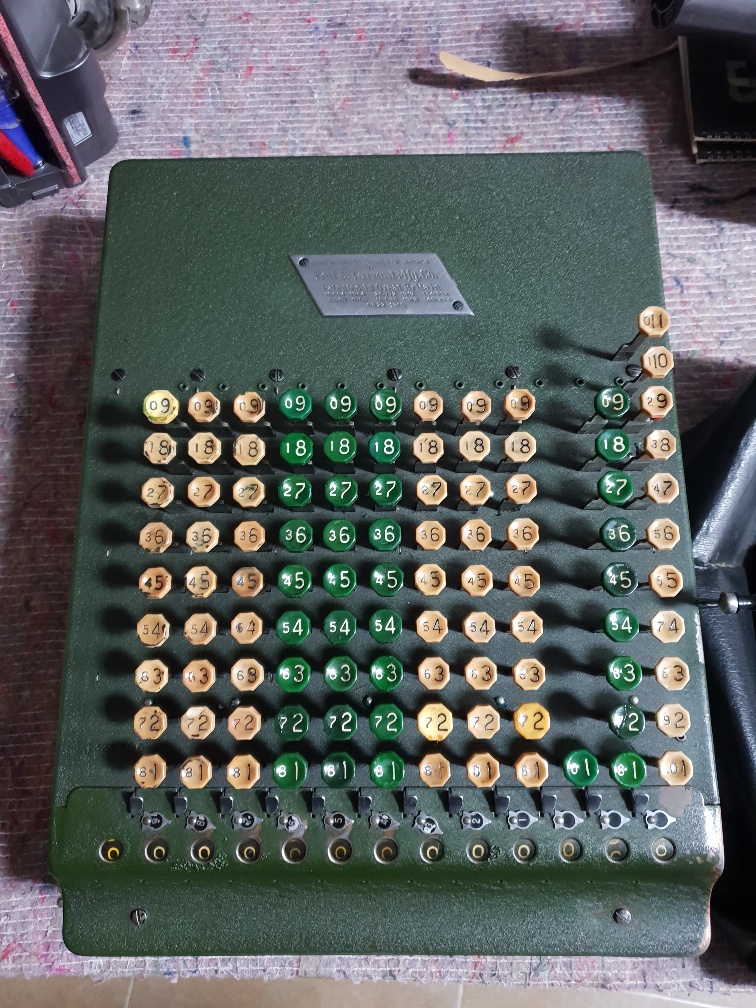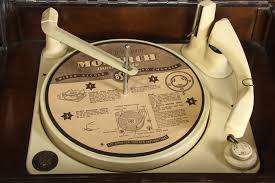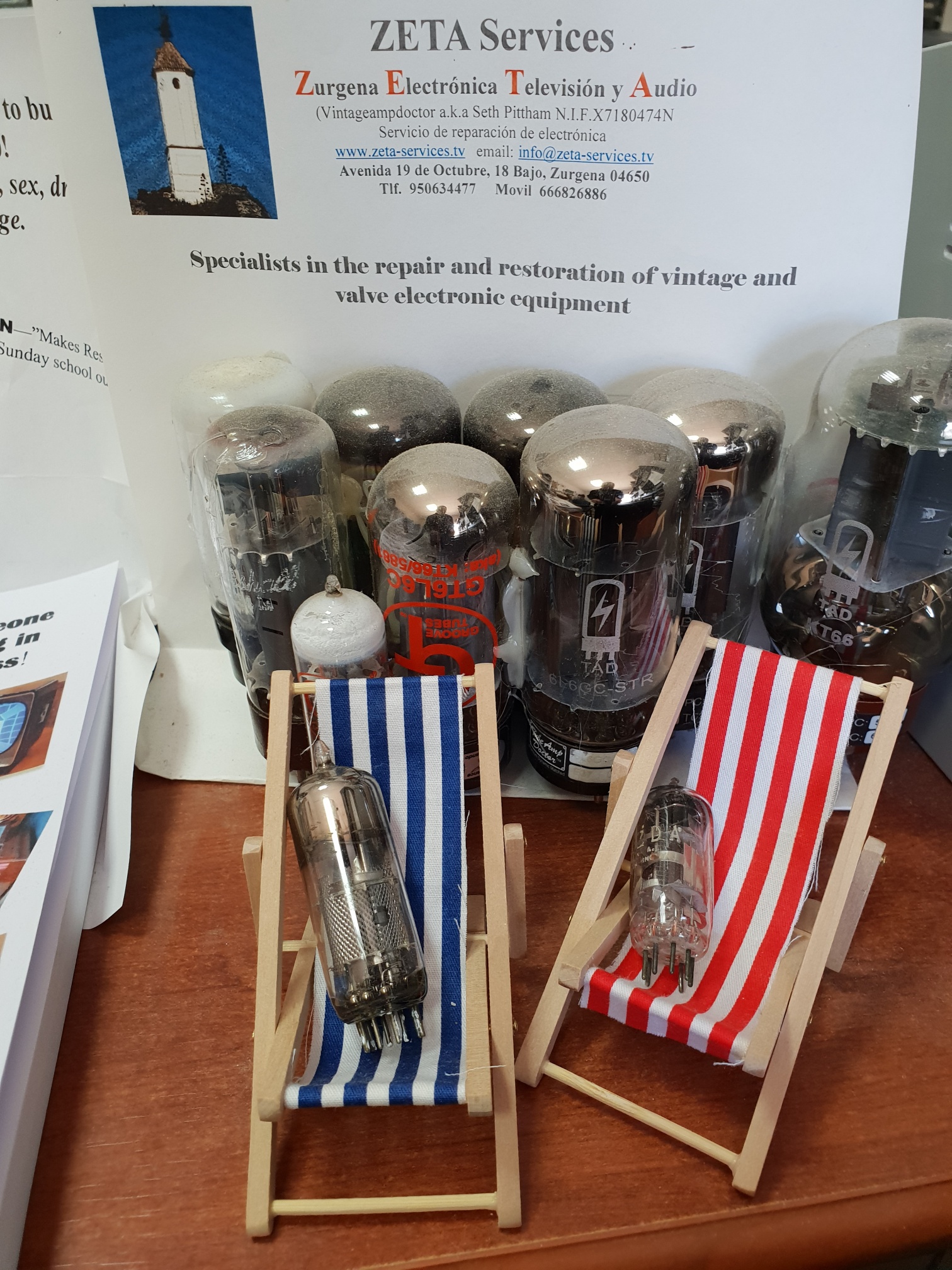
Marshall Amplification “Play it Loud, Play it Proud”
A nice aspect of my job, is working on and fixing valve amplifiers. And, there seems to be a steady increase in Guitar amps coming through the door, especially from the Spanish. Marshall is a name synonymous with such gear, so I thought I’d give you a little focus on that.
Gentleman Jim Marshall was in fact a good drummer. In the early ‘60s, he had a little shop in Hanwell, London, selling drum kits and all the stuff that goes with it. He was also into electronics. It goes that the likes of budding guitarists Pete Townsend and Ritchie Blackmore used to hang out there and badgered Jim into designing amplifiers that were to be “Loud”.
Two brands of amps dominated; British made VOX and U.S. owned Fender. Both lovely amps, but at the time, expensive. Over a burger in a Wimpy bar one evening, Jim, along with an ex EMI engineer and a couple of others, worked out that he could make an amp to retail far less than the VOX and Fenders. The team used the Fender “Baseman” amp as a benchmark, but using European equivalent valves. ECC83 valves were used in the pre amp stages which had higher gain and would give the “Marshall Crunch” distortion sound when driven hard, that guitarists liked. The design also increased the treble sound which made it quite different from the warmth of the Fender. 6 prototypes were made. Unlike the copied Fender, the Marshall, was a stand alone amp in a box, with a separate speaker cabinet. This used 4, efficient 12” speakers made by Celestion and the cabinet had a closed back panel. This helped with providing the wanted punchy sound. Townsend, Blackmore and Big Jim Sullivan were amongst the first to own some of the 20 pre-production amps. The amp was named JTM45. Jim, Terry (son), Marshall, 45 watts output.
Jim was determined to drive costs down and entered into relationships with transformer makers, Drake and Dagnell. Up until now, the output valves were the American 6L6Gs. Jim changed to the British KT66, which had similar specifications and were interchangeable, but sounded harder. A young Eric Clapton used to sit in Jim’s shop playing this new amp and loved the sound it made. He asked Jim to make a variation with a Tremolo feature and small enough to fit in his car. Jim did what he was told and the classic “Bluesbreaker” model was created. Clapton said it was this amp that gave him the great guitar sound heard on the ’66 Beano album.
Jim listened to the up and coming musicians. Pete Townsend and John Entwhistle (The Who) were early adopters of the Marshall gear. They wanted more and more volume. Jim and his engineers set about designing a 100 watt amp. Basically, 4 output valves were used instead of 2, wired in parallel push-pull configuration. Bigger mains and output transformers fitted. This became known as the Super Marshall Lead model. Always wanting to go one better, Townsend asked Jim to build bigger speaker cabinets, which of course he did. These were massive and housed 8 x 12” Celestion speakers and packed a punch. The design was eventually dropped in favour of the classic 4 x 12” cabinet, mainly due to transport hassles. The big amps came with “Y” splitter leads so that amps could be connected together in order to give to power and volume required. This created the famous “Marshall Stack” image that has become the trademark of Rock bands. The bigger the stack, the better the band. Well…. Marshall did supply empty cabinet options for those bands that wanted to portray an image above their standing!
Build costs were rising and Jim started using different valves, components and manufacturing techniques. The KT66 output valves were replaced with Mulllard EL34s, giving a slightly different sound.
Jimmy Hendrix walked into Jim’s shop in ’66 and spent hours playing guitar through various amp combinations. Expecting that Hendrix would be asking to have the amps for nothing, Jim was astonished to hear that Hendrix would buy a healthy quantity of amps at full retail, on the basis that his road crew would be trained to maintain the gear on tour. Jim shook his hand off. Well, not literally, as that would have somewhat upset his guitar playing.
Many different models have been added since the ’60s. No more hand wiring, made in the Far East etc… But, the brand goes on and still designed in the UK. Next time you are head banging, look up and see if Jim is looking down smiling at you.
Seth. Zeta Services.








